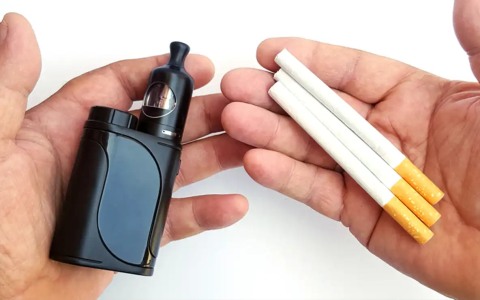Nicotine delivery differs fundamentally between combustible cigarettes and electronic cigarettes due to distinct delivery mechanisms and formulations. Key comparisons:
Nicotine Amount: Declared vs. Actual Delivery
Cigarettes: While a single regular cigarette typically contains 8-20mg of nicotine, combustion and pyrolysis destroy a significant portion. Smokers absorb 1mg to 2mg of nicotine per cigarette on average, based on standardized machine testing (e.g., ISO or Canadian Intense methods). Actual user absorption varies with smoking behavior.

E-cigarettes: Nicotine content is declared in the e-liquid (e.g., 0mg/mL, 3mg/mL, 6mg/mL, up to 50mg/mL or higher in nicotine salts). However, the amount delivered per puff and absorbed systemically depends critically on:
- Device type and power (cig-a-like vs. pod vs. mod)
- E-liquid nicotine concentration (freebase vs. salts)
- User puffing topography (puff duration, volume, frequency)
- Device settings (wattage, coil resistance)
No single “equivalent” value exists; absorption can range widely from less than a cigarette to exceeding it per use session.
Key Delivery & Absorption Differences
- Delivery Mechanism: Cigarettes deliver nicotine via combustion of tobacco, creating smoke particles. E-cigarettes deliver nicotine via aerosolization of liquid, creating an inhalable aerosol.
- Nicotine Form: Cigarettes primarily deliver nicotine in its freebase form. E-liquids use either freebase nicotine (harsher at high concentrations) or nicotine salts (with organic acids like benzoic acid), allowing higher concentrations with less throat irritation and potentially faster absorption.
- Absorption Kinetics: Nicotine from cigarettes reaches the brain rapidly (10-20 seconds), contributing to high addictiveness. Nicotine absorption from e-cigarettes is generally slower, especially with freebase liquids, but approaches cigarette-like speeds with some nicotine salts formulations.
- Predictability: Cigarette nicotine delivery is relatively consistent per cigarette type (though influenced by behavior). E-cigarette delivery is highly variable based on device, liquid, and usage.
- User Control: Vapers can choose and adjust e-liquid nicotine concentration and device settings; cigarette smokers cannot modify the inherent nicotine yield of their product significantly.
Critical Consideration
Statements claiming an e-cigarette pod/cartridge contains “as much nicotine as a pack of cigarettes” refer solely to the total liquid content, not the bioavailable nicotine delivered per use or the speed of delivery. Actual absorbed nicotine per puff/session depends on the complex interplay of device, liquid chemistry, and user behavior.








